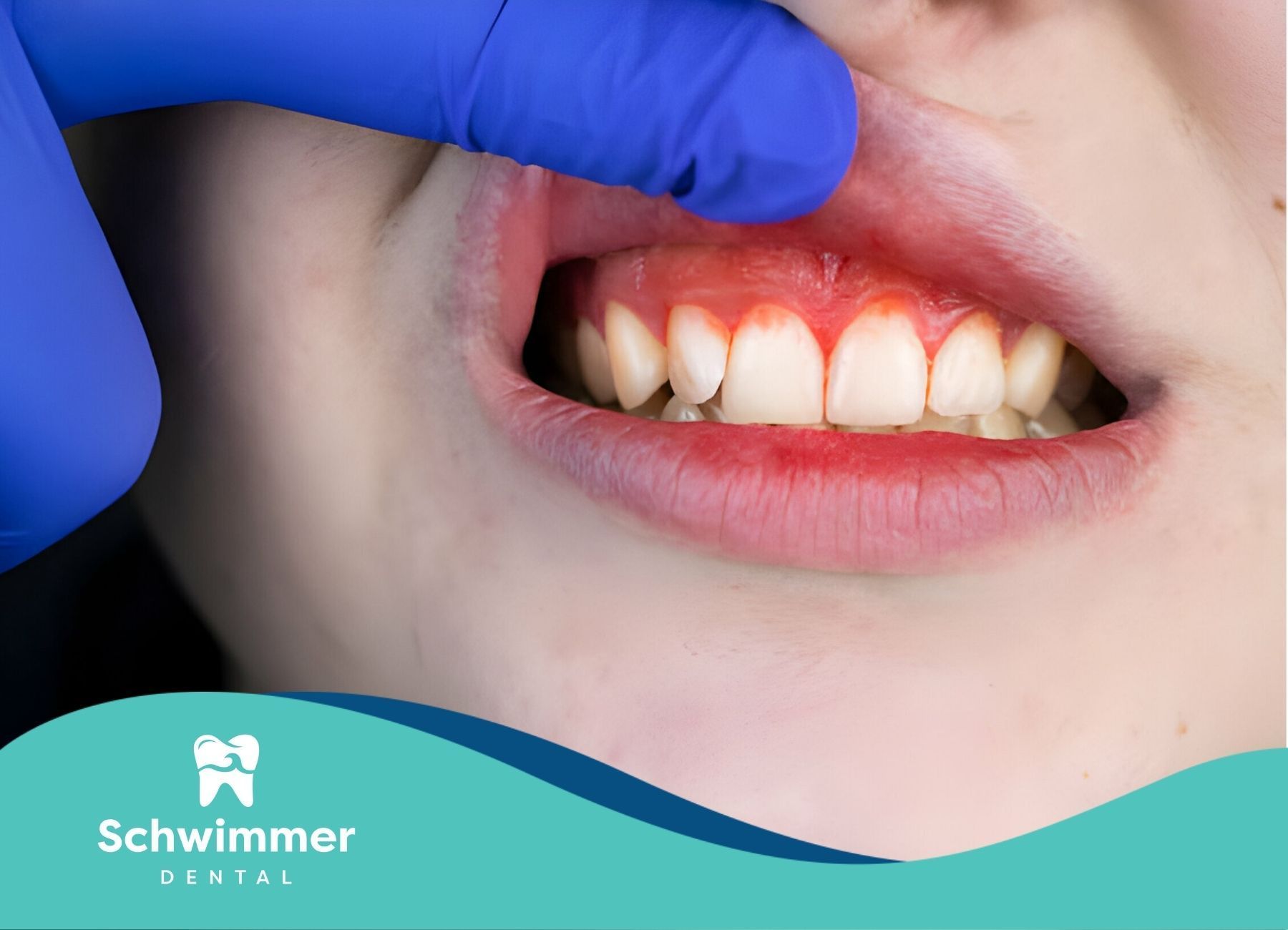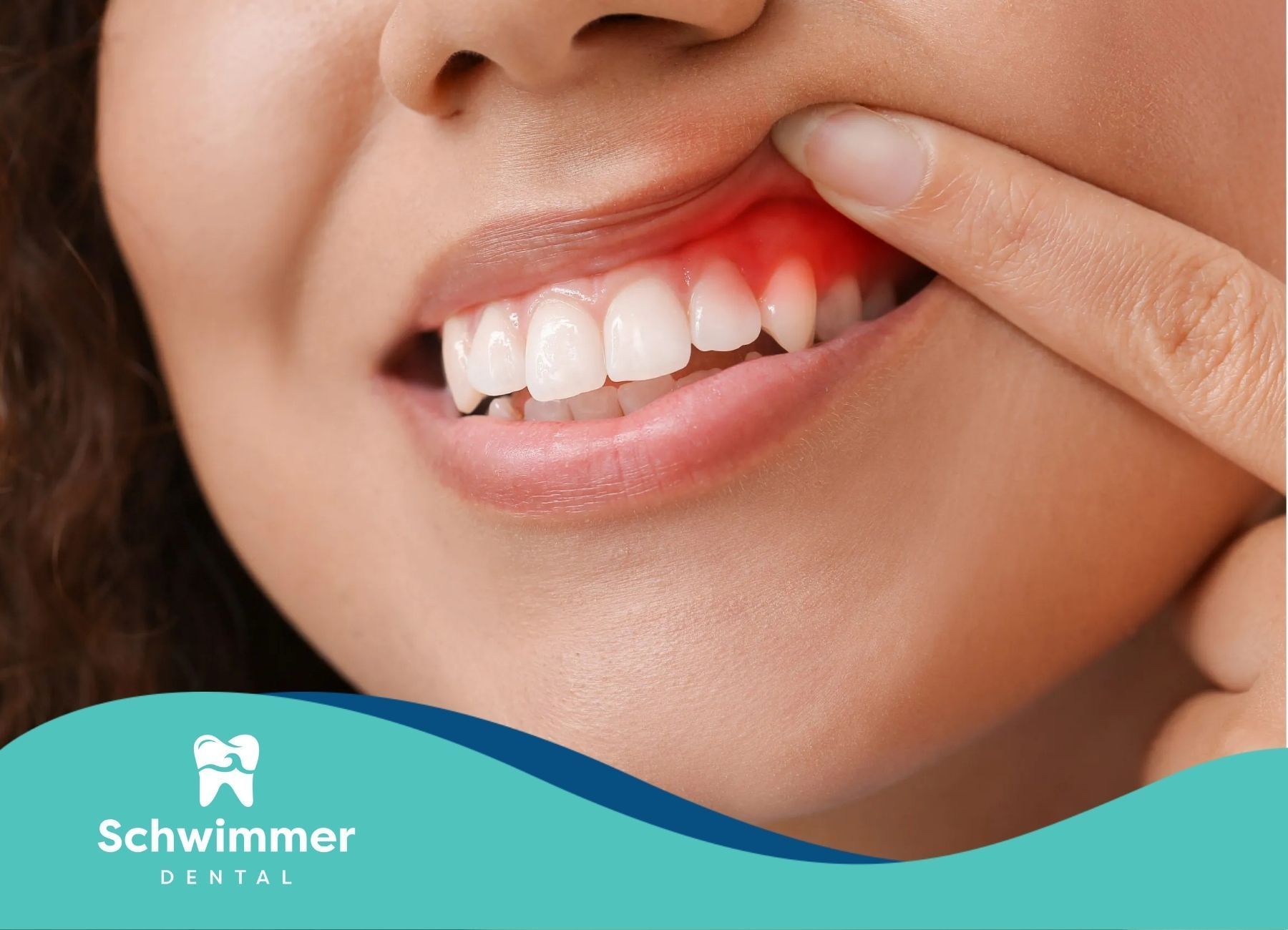Have an appointment? Complete the Intake Form
Tips for Dealing with Dental Emergency Problems
Dental emergencies can strike at any time, often without warning. Whether you’re enjoying a meal, playing sports, or simply going about your daily routine, a dental emergency can cause pain, stress, and confusion. Knowing how to respond effectively in such situations can make all the difference in minimizing damage and ensuring a quicker recovery.
In this blog, we’ll explore various common dental emergencies, tips for dealing with them, and when it’s essential to see a dentist immediately. From a knocked-out tooth to a severe toothache, understanding how to handle dental emergencies can help protect your teeth and gums while giving you peace of mind during a stressful time.
Tips for Dealing with Dental Emergency Problems
Toothaches: What to Do Until You See a Dentist
Toothaches are one of the most common dental emergencies. They can range from mild discomfort to severe, throbbing pain, often caused by dental decay, an abscess, or gum disease. If you experience a toothache, it’s important to manage the pain and determine its cause.
Tips for Dealing with a Toothache:
- Rinse with Saltwater: A warm saltwater rinse can help soothe the pain, reduce swelling, and clean the affected area. Mix half a teaspoon of salt in a cup of warm water and rinse your mouth for 30 seconds.
- Cold Compress: If you’re experiencing swelling along with the toothache, a cold compress can help numb the pain and reduce inflammation. Apply it to the outside of your cheek for 15-20 minutes.
- Over-the-Counter Pain Relievers: Use over-the-counter pain relievers like ibuprofen or acetaminophen to manage the pain temporarily. Avoid placing aspirin directly on the gums or teeth, as it can burn the tissue.
- Avoid Trigger Foods: Until you can see your dentist, avoid extremely hot, cold, or sugary foods, as they may aggravate the pain.
- When to See a Dentist: If the pain persists, is severe, or if you notice any swelling, an abscess, or a fever, see your dentist as soon as possible. These could be signs of an infection or more serious dental issue that requires professional care.
Knocked-Out Tooth: How to Save the Tooth
A knocked-out tooth, also known as an avulsed tooth, is a serious dental emergency, especially if it’s a permanent tooth. If you act quickly, there’s a chance the tooth can be saved and re-implanted. However, time is of the essence.
Steps to Take When a Tooth Gets Knocked Out:
- Pick Up the Tooth Carefully: Hold the tooth by the crown (the top part), not the root, to avoid damaging it.
- Rinse the Tooth Gently: If the tooth is dirty, rinse it gently with water or milk. Do not scrub or use soap.
- Keep the Tooth Moist: The tooth must remain moist to preserve the cells on the root. If possible, place it back into its socket. If that’s not possible, store it in a container with milk, or use a tooth preservation kit if you have one. Avoid storing it in water, as it can damage the tooth.
- Get to a Dentist Immediately: Ideally, you should visit a dentist within 30 minutes to 1 hour of the injury. The sooner you get there, the better the chance of saving the tooth.
- When to See a Dentist: It’s critical to see a dentist as soon as possible, as re-implantation is most successful when done within the first hour of the injury. Even if you’re unsure whether the tooth can be saved, a dentist can evaluate the damage and recommend the best course of action.
Broken or Chipped Tooth: What to Do Next
If you’ve chipped or broken a tooth, it can be painful and unsightly. A broken tooth can also create sharp edges that may irritate your gums or mouth. While this isn’t usually a life-threatening emergency, it’s important to take the right steps to protect your tooth until you can see a dentist.
Steps to Take When You Have a Broken or Chipped Tooth:
- Rinse Your Mouth: If there’s any bleeding, rinse your mouth gently with warm water and apply pressure with a clean cloth or gauze to stop the bleeding.
- Save the Pieces: If the tooth has broken into pieces, try to save the fragments and bring them with you to the dentist.
- Use a Cold Compress: If you’re experiencing pain or swelling, apply a cold compress to the affected area to reduce discomfort.
- Over-the-Counter Pain Relief: Pain relievers like ibuprofen can help manage discomfort until you receive professional care.
- Cover the Tooth with Dental Wax: If the broken tooth has a sharp edge, you can cover it with dental wax or sugar-free gum to prevent injury to your mouth.
- When to See a Dentist: A broken or chipped tooth requires prompt attention to prevent further damage or infection. The dentist may recommend options such as bonding, a crown, or veneers to restore the tooth. For more severe cases, a root canal may be necessary if the damage extends into the pulp of the tooth.
Loose or Dislodged Tooth: Immediate Action
A loose or dislodged tooth is often the result of trauma, such as an accident or injury. This can be especially concerning for children, as their permanent teeth are still developing. If you or your child experiences a loose or dislodged tooth, it’s important to handle the situation carefully.
Steps to Take When a Tooth Is Loose or Dislodged:
- Don’t Attempt to Move the Tooth Back Into Place: If the tooth is partially dislodged, avoid trying to reposition it yourself. Moving the tooth can cause further damage to the surrounding tissue.
- Apply Pressure: If the tooth is loose but not completely out, gently bite down on a clean cloth or gauze to stabilize it until you reach the dentist.
- Visit the Dentist Immediately: A dentist can assess the tooth’s condition and recommend the best treatment. In some cases, the tooth can be re-positioned and stabilized with a splint.
- When to See a Dentist: You should seek professional care as soon as possible. A dentist may take X-rays to determine the extent of the injury and may be able to stabilize the tooth using a splint or other dental appliance.
Swollen Gums: How to Alleviate Pain and Swelling
Swollen gums can be caused by a variety of factors, including gum disease, an infection, or irritation from braces or dentures. If you notice that your gums are swollen, red, or bleeding, it’s important to address the issue promptly.
Steps to Take When You Have Swollen Gums:
- Rinse with Saltwater: A saltwater rinse can help reduce swelling and clean the affected area. Gargling with warm saltwater can also help if the swelling is in your mouth or throat.
- Use a Cold Compress: If the swelling is painful, a cold compress can help reduce inflammation and numb the area.
- Over-the-Counter Anti-Inflammatories: Ibuprofen can help reduce pain and swelling. Be sure to follow the recommended dosage.
- When to See a Dentist: If swelling persists, or if it’s accompanied by severe pain, fever, or pus, you may have an infection that requires professional treatment. Your dentist can provide treatments to alleviate the infection and reduce swelling.
Dental Abscess: What You Should Know
A dental abscess is a serious infection that occurs around the root of a tooth or in the gums. It can lead to severe pain, swelling, and fever. If left untreated, an abscess can spread to other parts of the body, so immediate treatment is essential.
Steps to Take When You Suspect a Dental Abscess:
- Rinse with Saltwater: A warm saltwater rinse can help relieve discomfort and clean the area around the abscess.
- Pain Relief: Over-the-counter pain relievers can help manage pain, but they should only be a temporary solution.
- Avoid Squeezing the Abscess: Never attempt to pop or squeeze an abscess, as this can spread the infection further.
- When to See a Dentist: If you suspect you have a dental abscess, seek professional care immediately. Your dentist may drain the abscess, prescribe antibiotics, or perform a root canal to treat the infection.
Conclusion
Dealing with dental emergency problems can be stressful, but knowing what to do in advance can make a big difference. Whether you’re facing a toothache, a knocked-out tooth, or a broken tooth, understanding the right steps to take can help minimize pain and prevent further damage. In all dental emergencies, it’s crucial to see a dentist as soon as possible to ensure the best outcome for your oral health.
If you ever find yourself in need of emergency dental care, don’t hesitate to reach out to Schwimmer Dental. We can provide the help you need and guide you through the necessary treatment to restore your smile and comfort.
Frequently Asked Questions
What should I do if I lose a filling or crown?
If you lose a filling or crown, try to save the piece and contact your dentist as soon as possible. In the meantime, you can cover the area with dental wax or temporary filling material to protect it until your dentist can reattach or replace the filling.
How can I manage a dental emergency if I don’t have insurance?
Many dental offices offer emergency care even if you don’t have insurance. Some clinics may offer payment plans or discounted fees for emergency visits. It’s important to communicate your situation to your dentist beforehand.
What are some common signs that I should see a dentist for a dental emergency?
If you experience severe pain, bleeding that won’t stop, swelling, fever, or a broken or knocked-out tooth, you should seek immediate dental care. These symptoms can indicate a serious issue that requires professional intervention.
Resources:
- https://www.ncbi.nlm.nih.gov/books/NBK539876/
- https://www.medicalnewstoday.com/articles/322028
- https://www.healthline.com/health/gums-swollen
- https://www.nhs.uk/conditions/dental-abscess/
- https://www.verywellhealth.com/otc-dental-pain-relief-1059309
Need Assistance? We’re Here to Help
We are dedicated to enhancing your dental health and well-being.
We provide personalized dental care solutions for a confident, healthy smile.
Contact us today for Professional Dental Care.

Our caring staff will help you feel relaxed and comfortable in our state of the art office. We respect your time and pledge to deliver prompt service, backed by the latest knowledge, techniques, and technology.
Email: Office@schwimmerdental.com
Tel: (848) 294-2385
Fax: (732) 899-3347
Address: 1115 Arnold Ave,
Point Pleasant, NJ, 08742
Schwimmer Dental – Website by CWS


